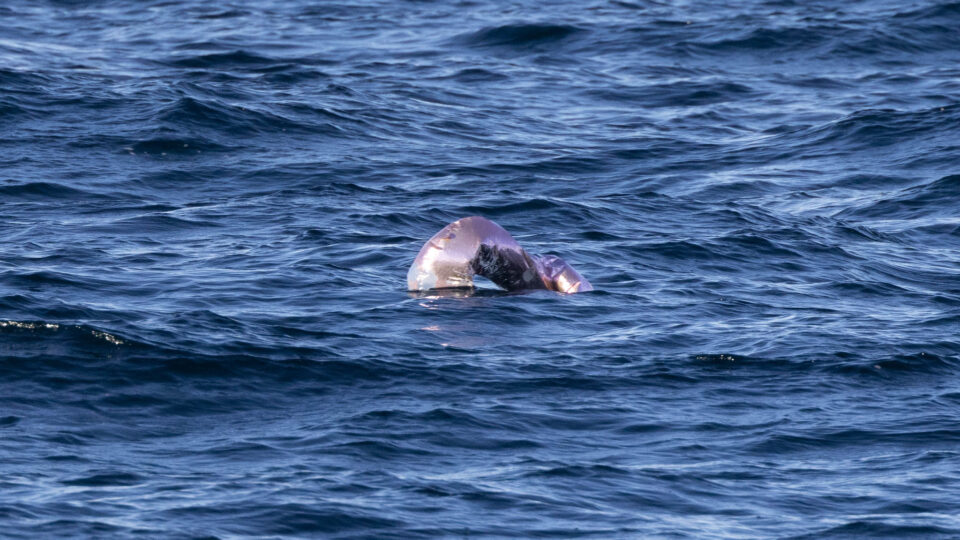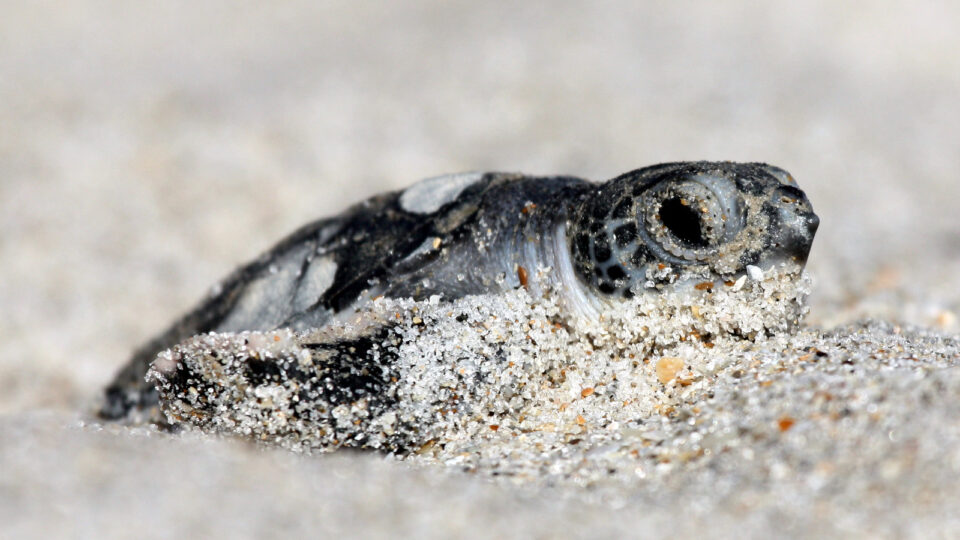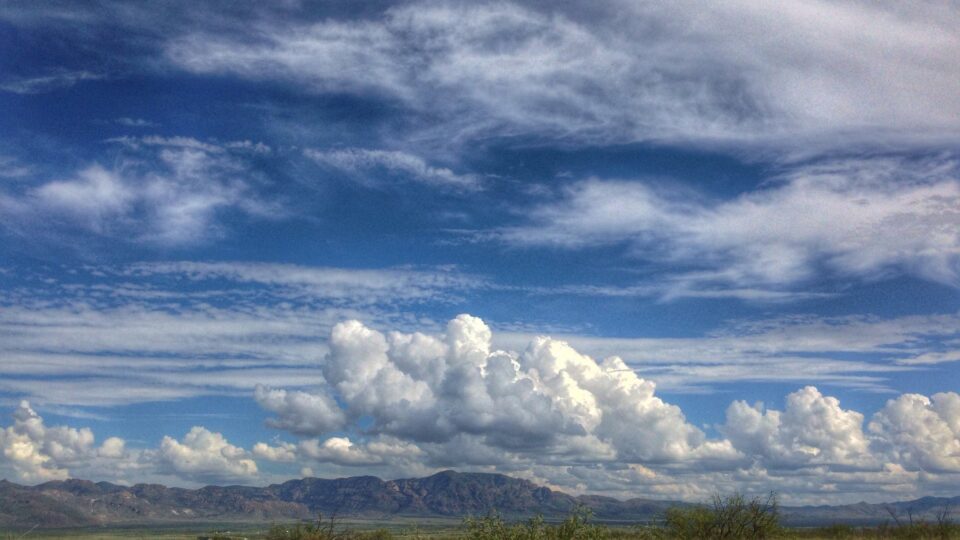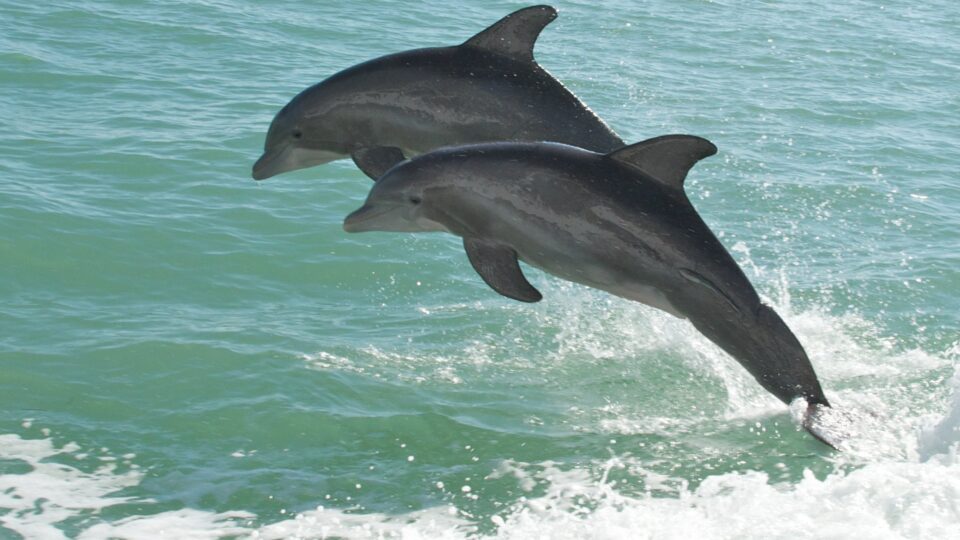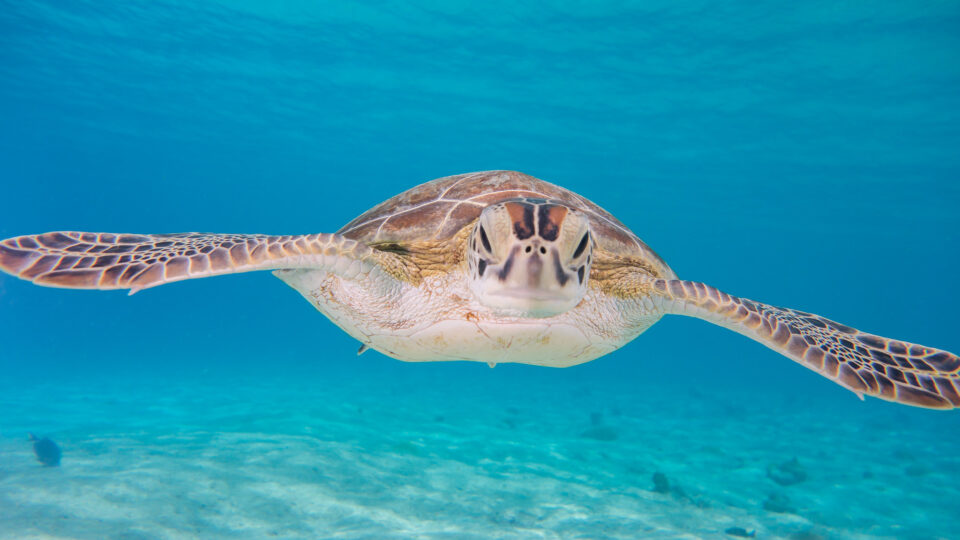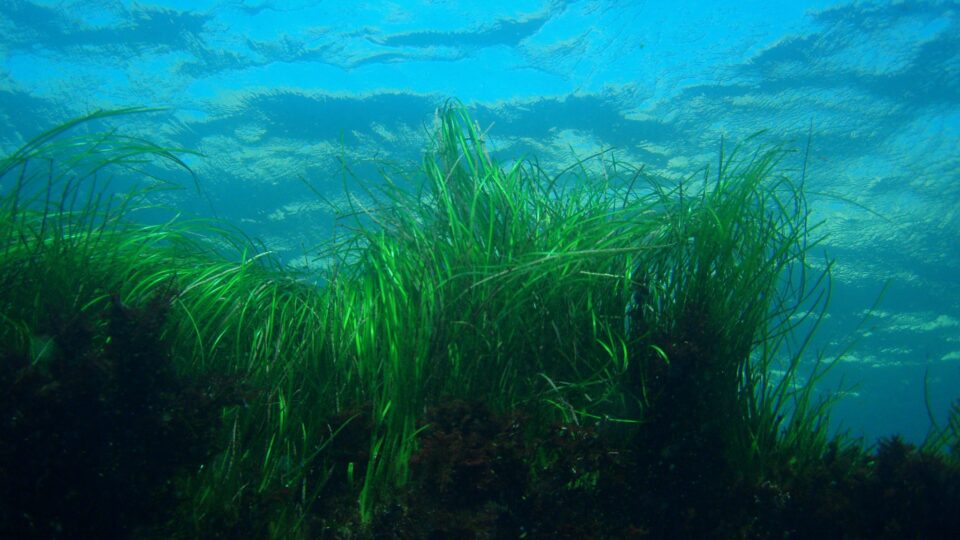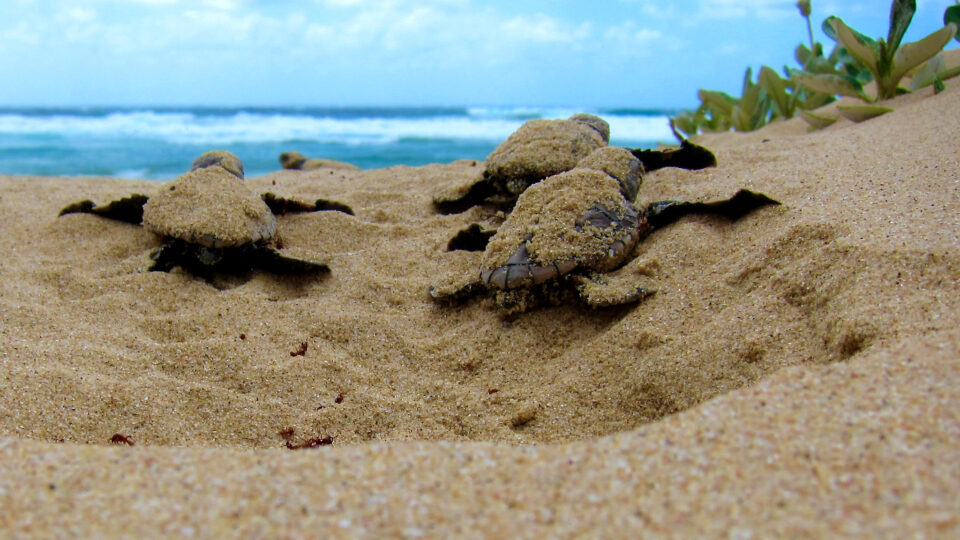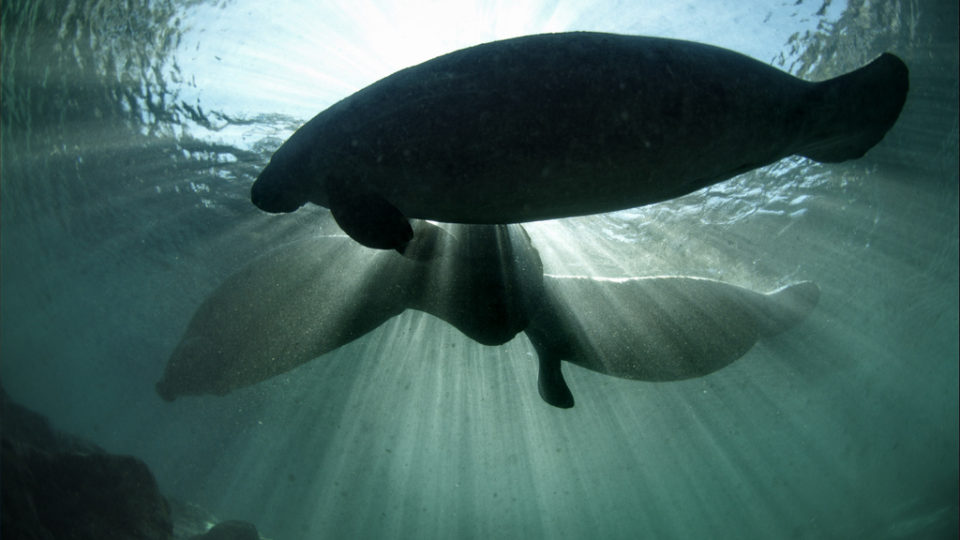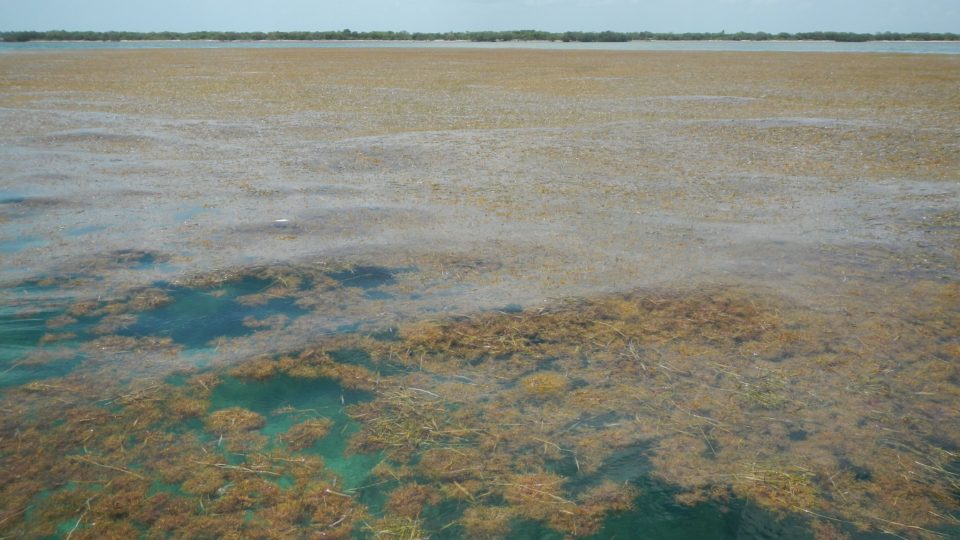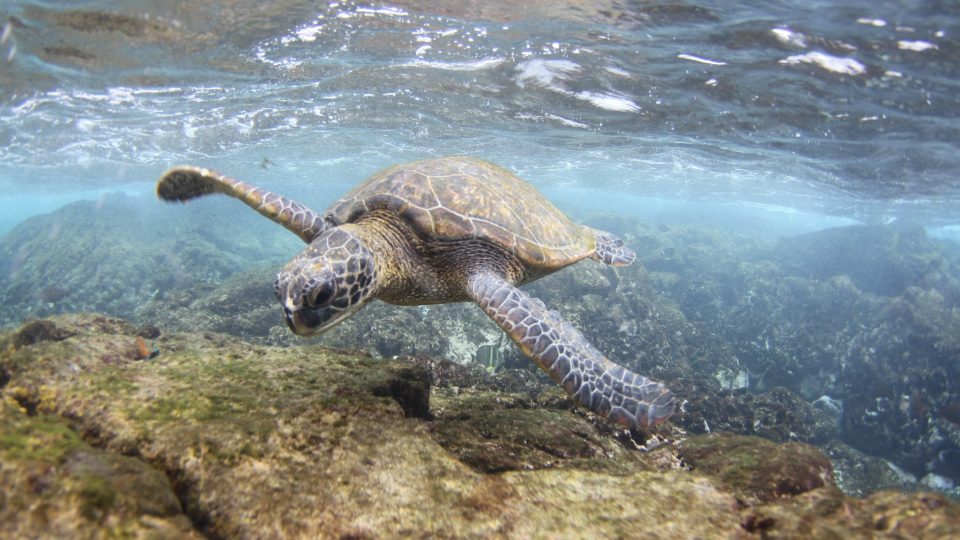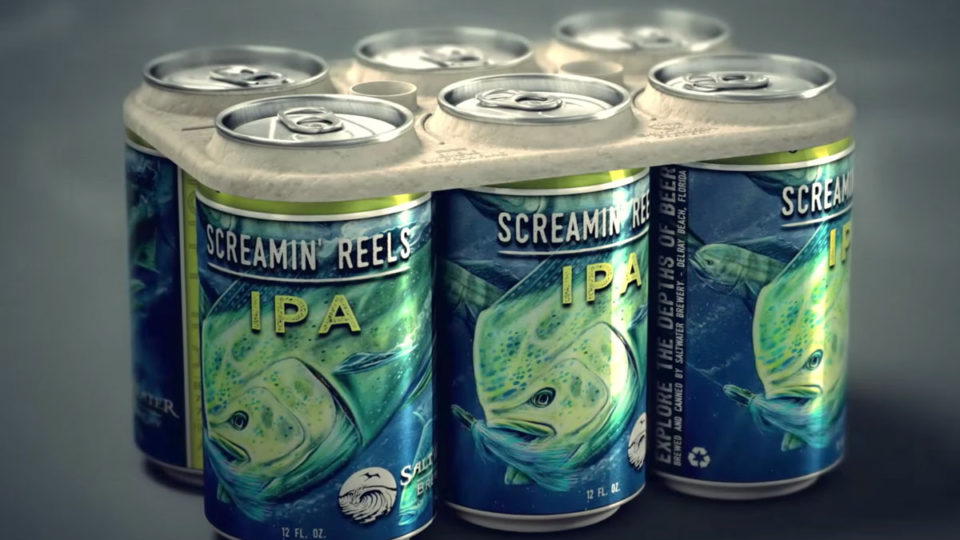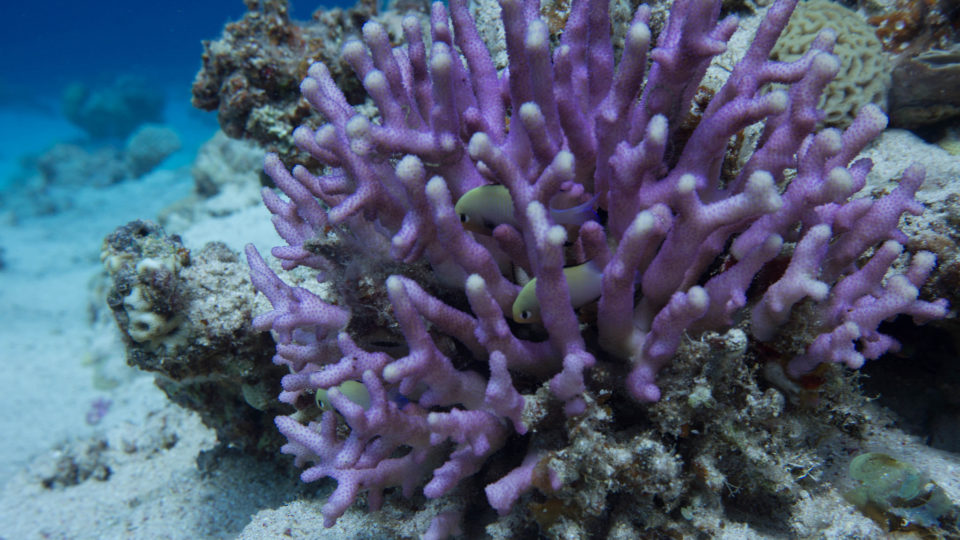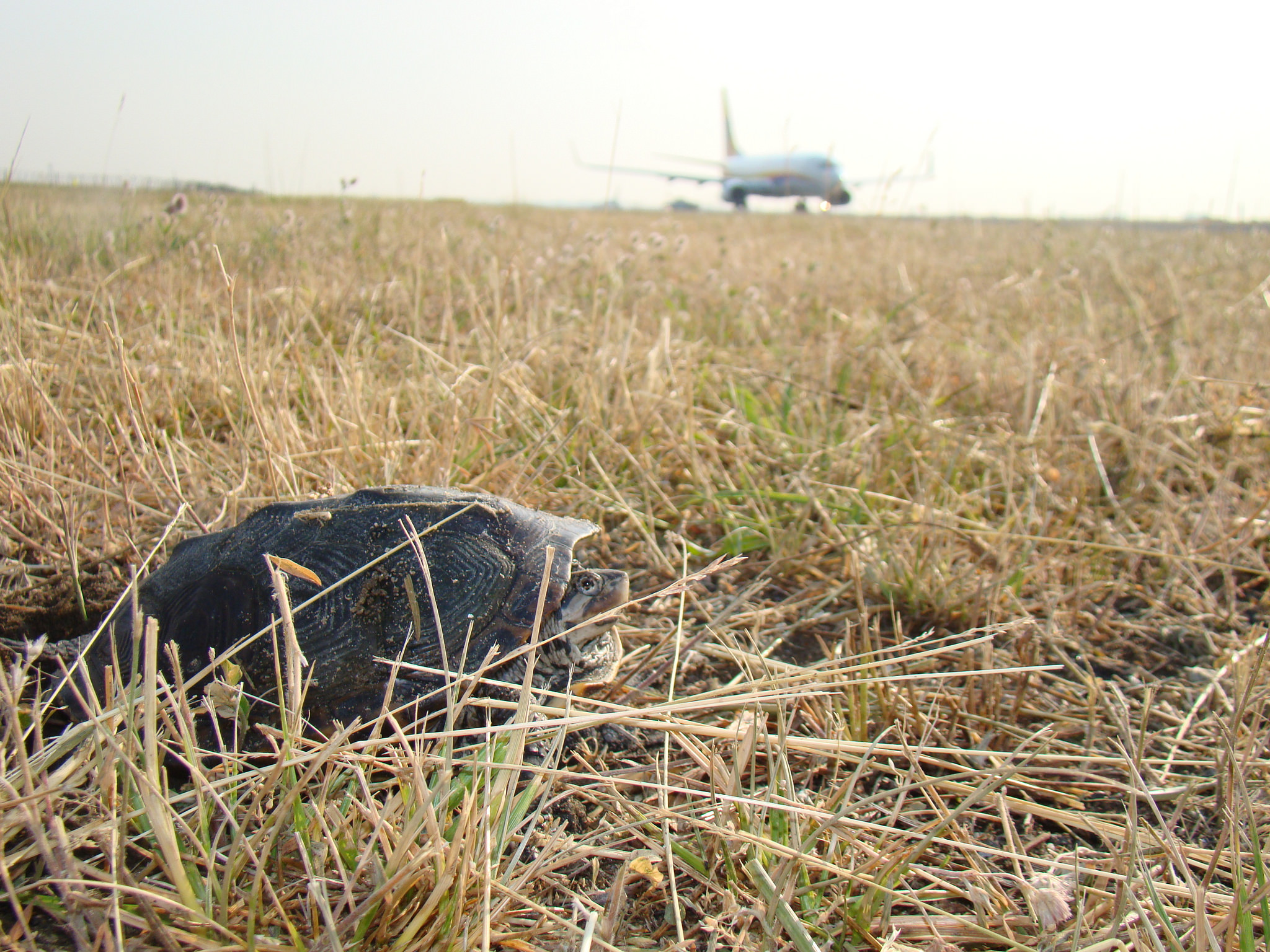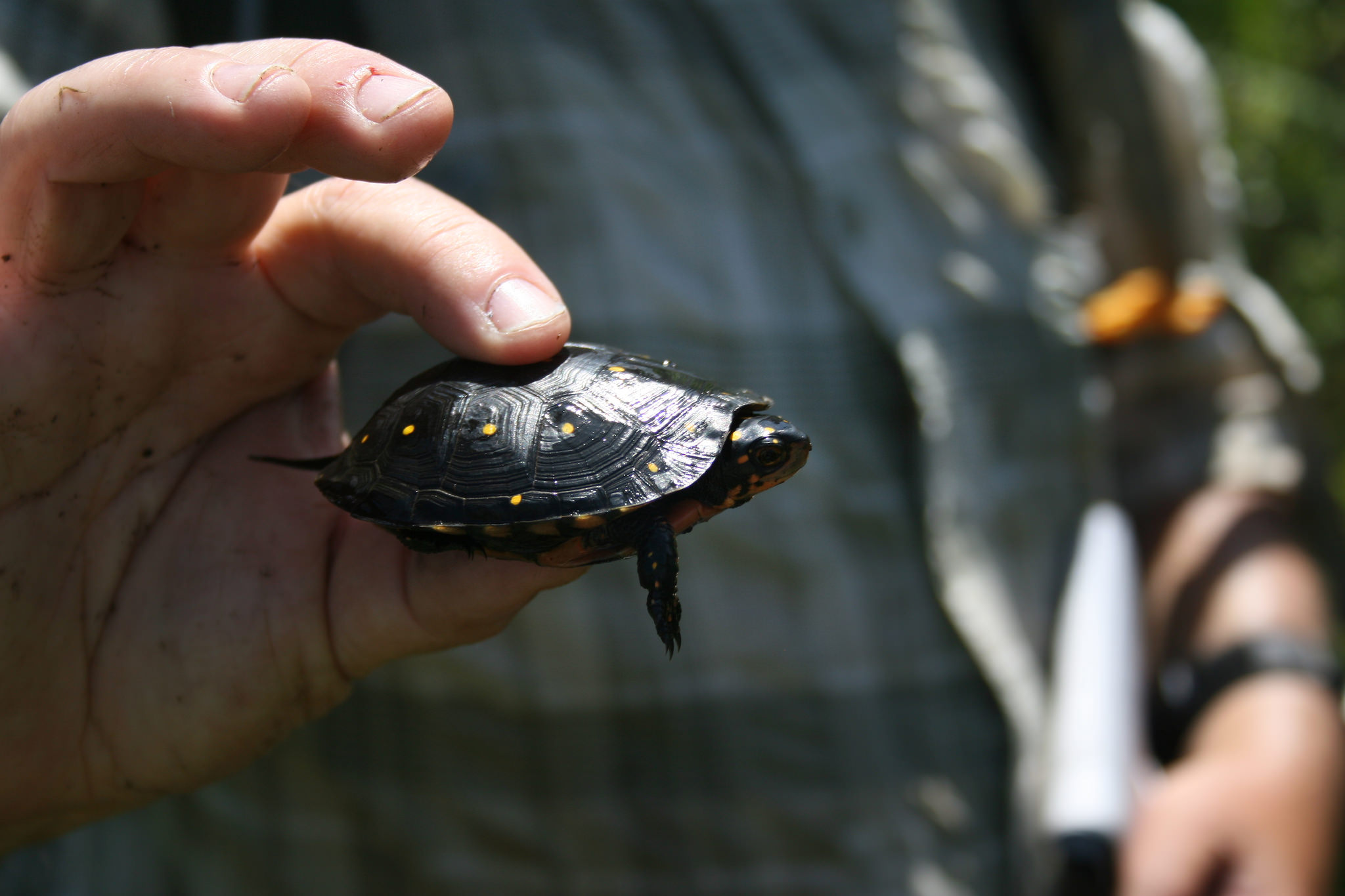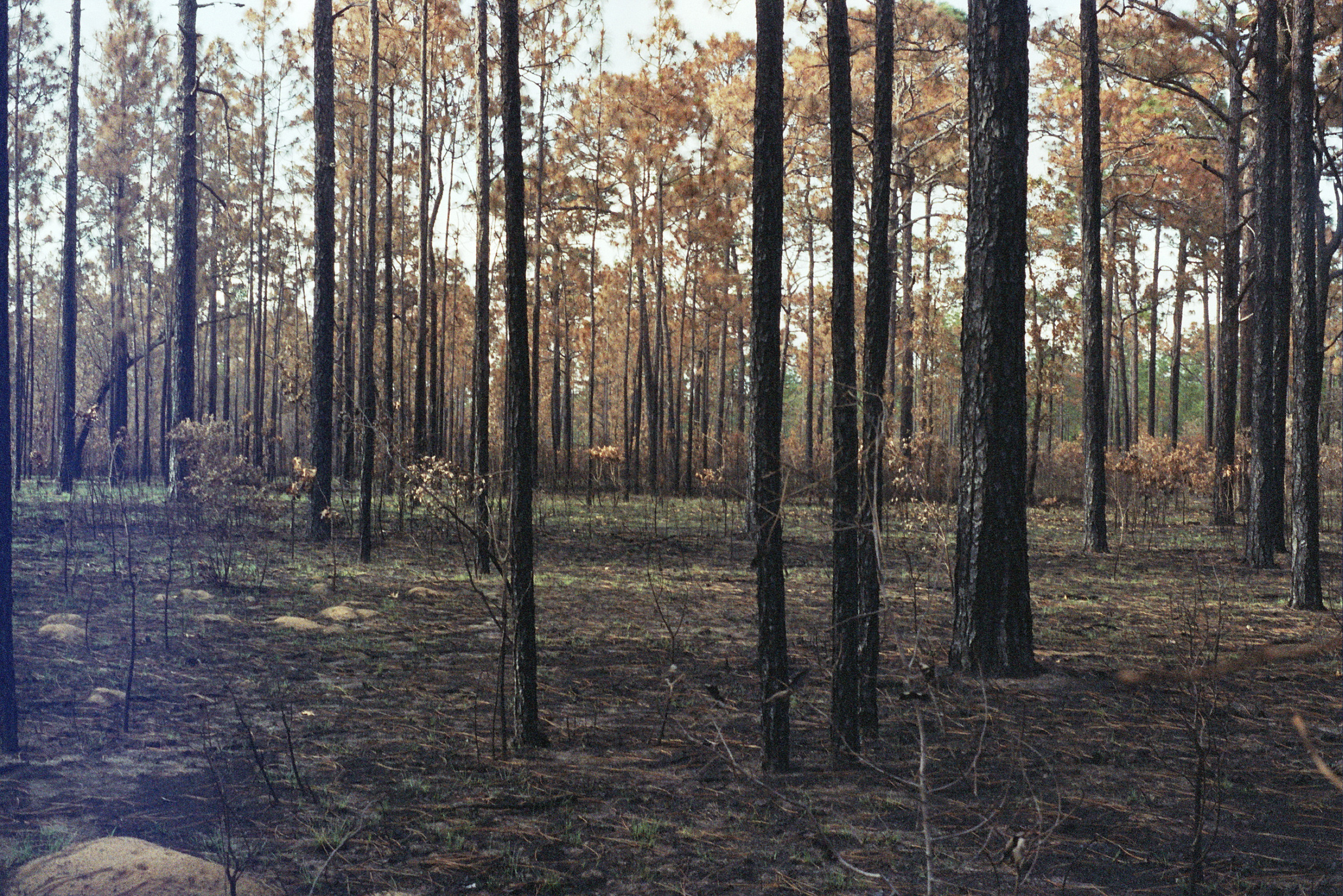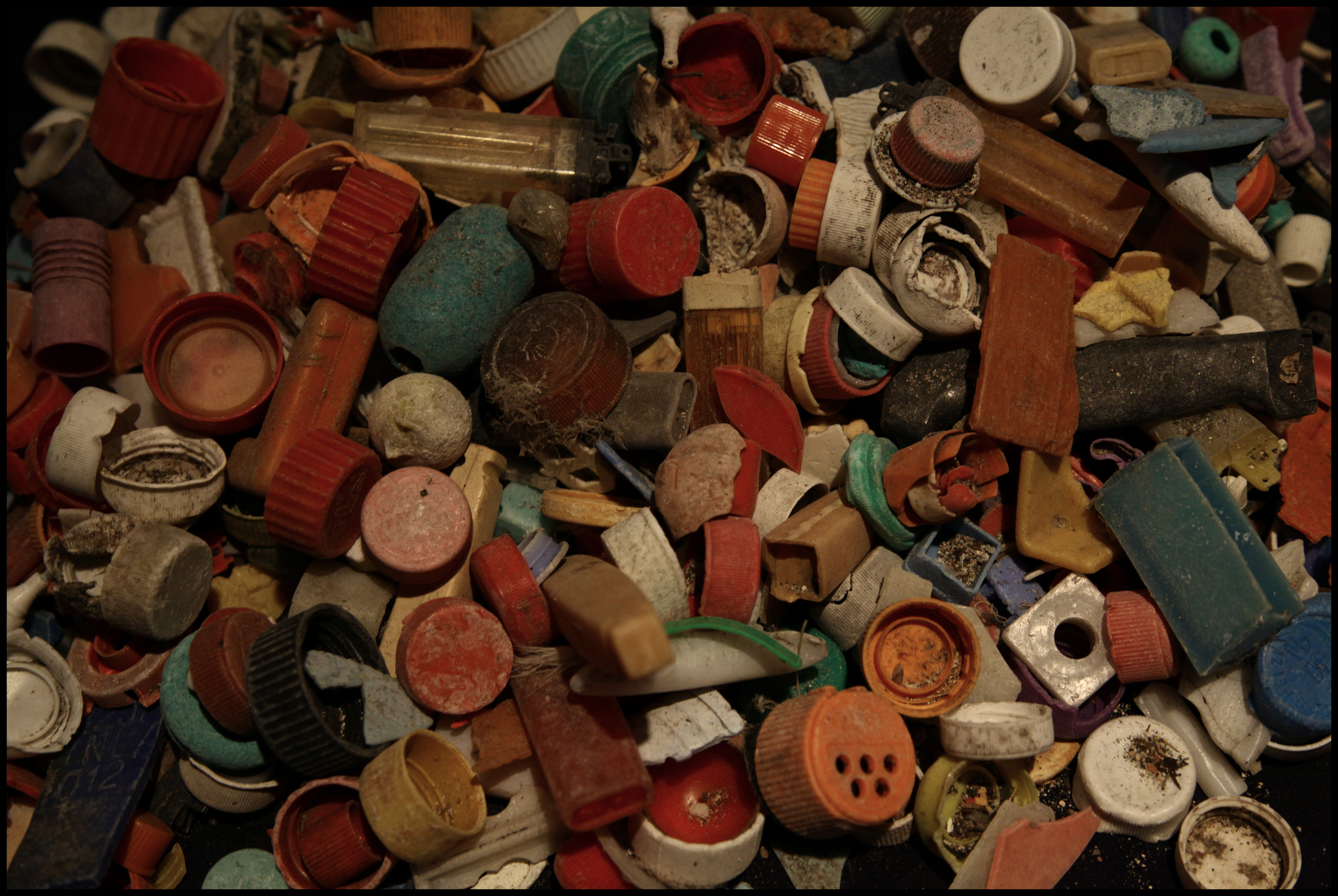The Florida state legislature has recently passed a law that bans the intentional release of helium balloons outdoors. It is a rare example of a bipartisan piece of legislation. Florida is joining six other states that have already enacted balloon restricting laws.
Balloons released into the sky don’t just disappear into the ether. They often end up in oceans and waterways and the thin material that remains is 32 times more likely to kill seabirds than other types of plastic debris. Aquatic animals often mistake balloons for jellyfish and fill up on them. Balloons tied up with ribbons entangle turtles and manatees. Even grazing cows have died from ingesting balloons. Balloons contribute to microplastic pollution, which is a growing problem for all living things, including humans.
Other states with balloon release laws are Connecticut, Tennessee, New York, Texas, California, and Virginia. Details of the laws vary. They carve out exceptions for specific applications. They exempt small children. Some limit the quantity of balloon release. Others require balloons to be weighted down to prevent them from rising too high. California’s legislation is aimed at the metallized mylar balloons that have shorted out high-tension electrical wires and triggered wildfires.
The Florida law equates intentionally releasing a lighter-than-air balloon with littering. It’s a non-criminal offense that carries a fine of $150.
People enjoy releasing helium balloons, particularly en masse. The spectacle has become part of weddings, gender reveal parties, and even funerals. But the practice has serious environmental repercussions, and its restriction is being pursued by more and more states and municipalities.
**********
Web Links
Up, Up and Not OK: Letting Go of Balloons Could Soon Be Illegal in Florida
Photo, posted August 16, 2022, courtesy of Ryan Mandelbaum via Flickr.
Earth Wise is a production of WAMC Northeast Public Radio
